Next Generation 3D Touch Development
Published in Electrical & Electronic Engineering
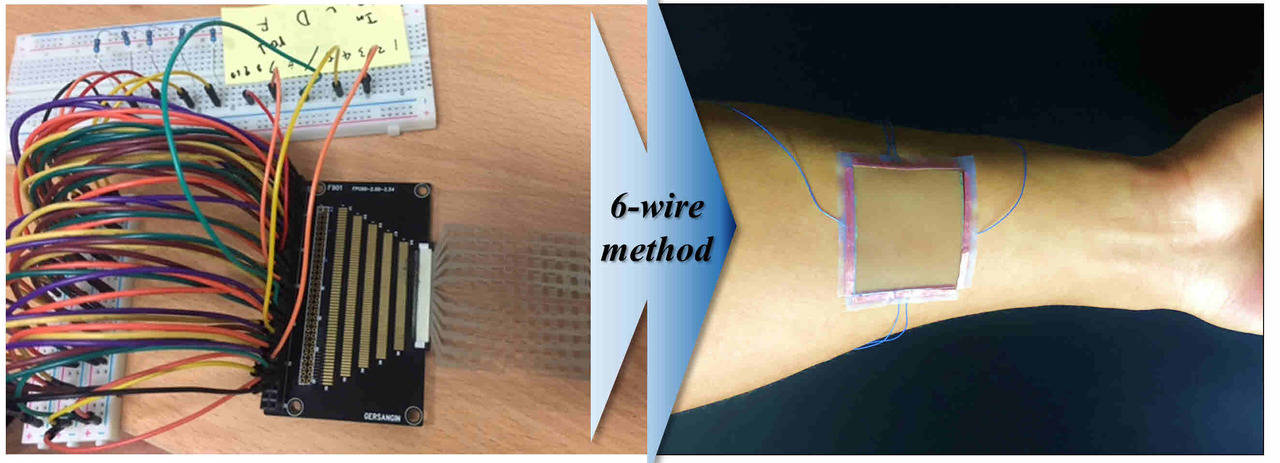
The way human beings interact with electronic devices has made many advances from the simple buttons to the touch panel. The method using a combination of the functional buttons was so complicated that users had to learn how to handle electronic devices. Therefore, only few people could effectively use the devices. However, with the spread of personal electronic devices, intuitional ways of communicating with devices have emerged such as keyboard for PC and touch panel for smartphone.
Apple released 3D touch technology in 2014. This is the most intuitive input device for us who live in three dimensional space, making it the most powerful way to deliver our intentions to the equipment. However, in the implementation, the force sensor was placed at each vertex of the touch panel, and the local pressure and position were indirectly measured. From this way, the device could not resolve an input pressure effectively. After all, 3D touch is missing from the iPhone XR in 2018. In addition, when using an external equipment such as a stylus, it was advantageous in terms of sensitivity and resolution, but an expensive special equipment was always required.
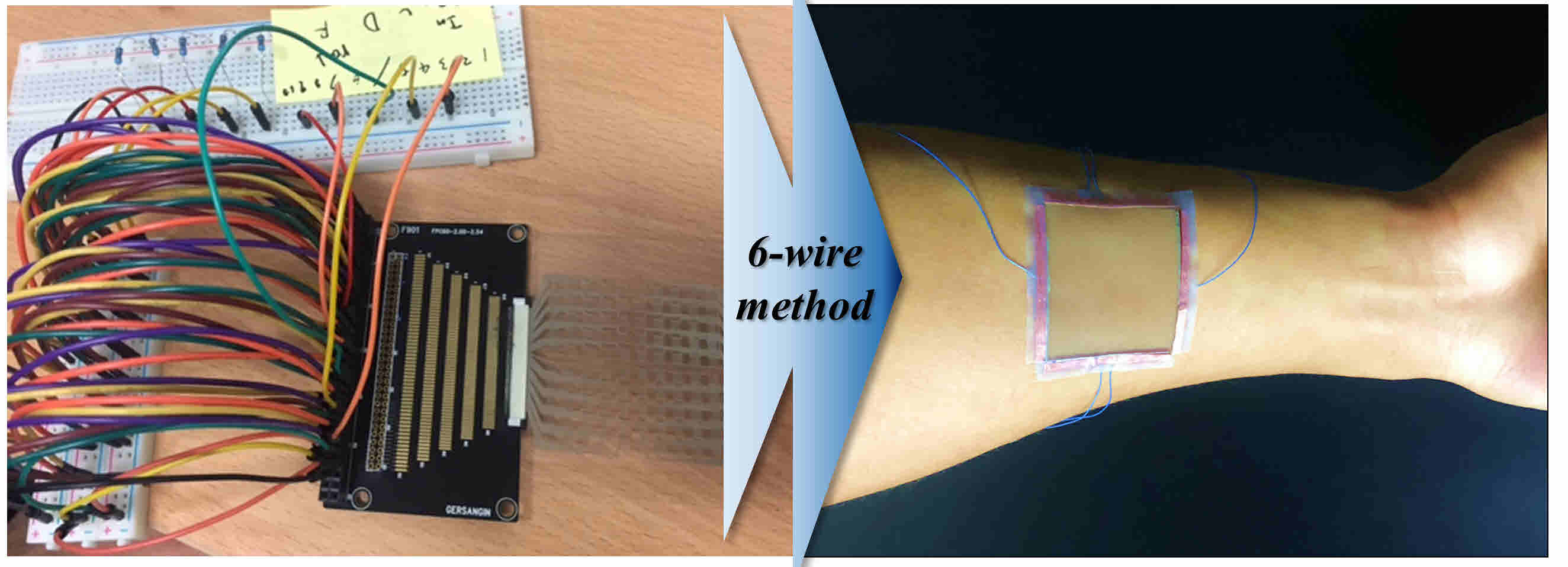
Figure 1. The number of wires required for sensor array and 6-wire system. Left figure is our first generation 3D touch and right figure is our final 3D touch development.
When 3D touch was introduced to the market in 2014, we recognized this problem and conducted a study for development of improved system. The first attempt was made to arrange the resistive pressure sensors in array form. This method has already become a very popular demonstration on a research field. But as shown in Figure 1, the sensor array method requires at least square root of 2N wires for N cells arrangement. Since the number of wires is directly related to the system complexity, there was a limit to increasing the resolution indefinitely.
While we studied and collected the characteristics of various types of pressure sensors and touch panels, we attempted to derive the techniques to break-through above limitations. By adding appropriate wiring and electrical isolation to a 4-wire resistive touch panel, we could find a 6-wire measurement method that could simultaneously measure the pressure and position. However, in order to realize this technique, it was necessary to fabricate a conductor having an electrically separated structure such as ‘comb-like’ and a wave-shaped surface at the same time.
We intensively worked to make this structure using conventional fab processes such as sputtering, vacuum evaporation, and lithography. The comb structure could be easily formed using a mask, but it was impossible to fabricate the wave microstructure capable of recognizing the pressure by using the conventional one.
In our lab, we have studied the fabrication of metal grid through a laser sintering process of nanoparticles. We found that when too much laser energy was applied to the particle layer, the surface of the electrode became uneven, randomly balled. This is known as the balling effect and is already well known in the laser selective sintering process society. We found out that when the condition between the balling region and the well-fabricated flat electrode was used, it could induce the surface a wave-like microstructure. By analyzing the thermo-fluidic phenomenon around laser spot in the particle layer, the possibility of inducing the wave structure was secured and experiments confirmed the hypothesis. As a result, the wave structure was successfully fabricated as shown in Figure 2.
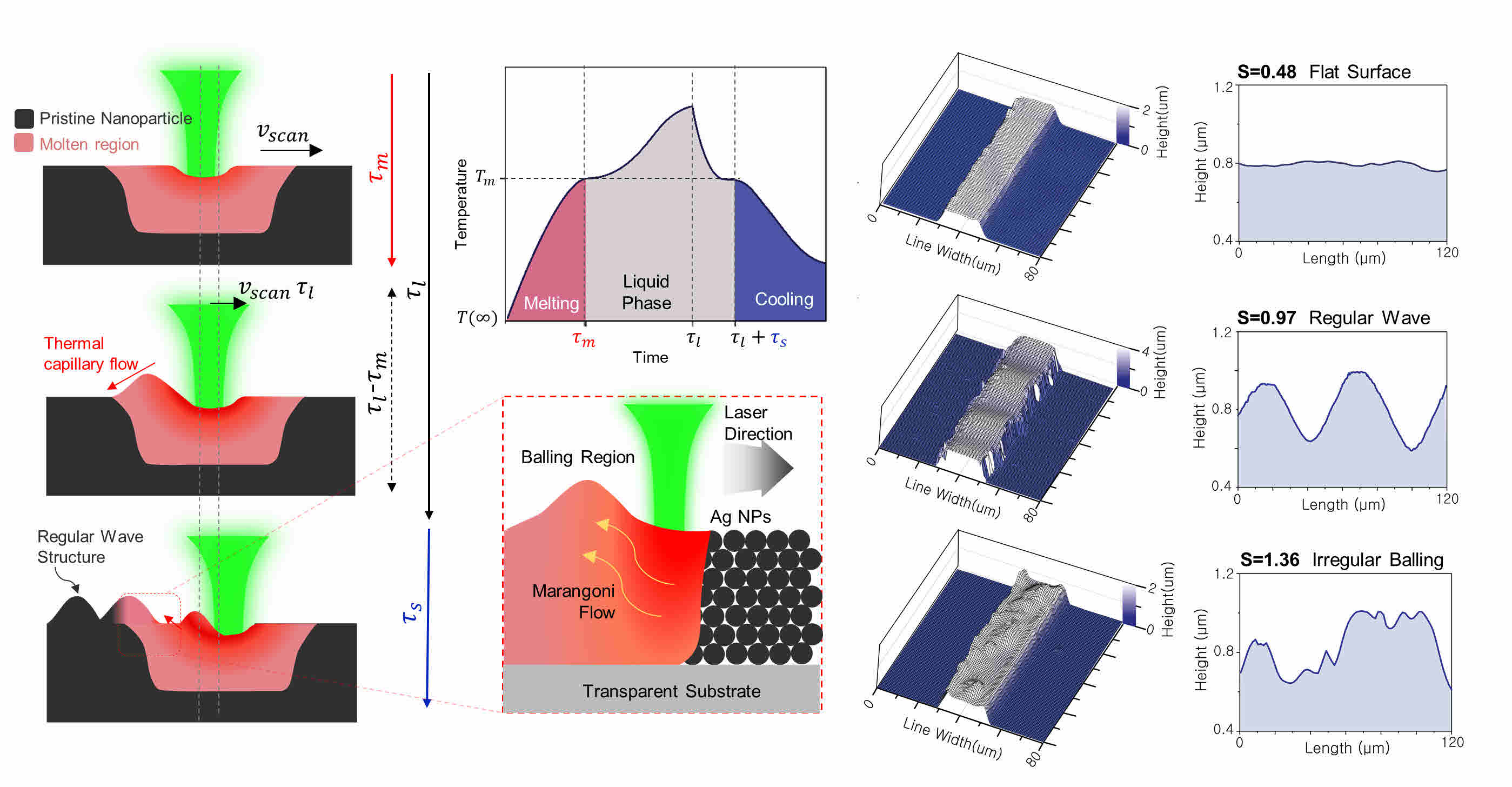
Figure 2. Surface shaping with respect to laser conditions
The 3D touch device successfully measured position and pressure information as a single system, and it was possible to draw various 3D shapes in an intuitive manner as shown in Figure 3. In addition, since it is a transparent and flexible, it can be used in various environments such as human skin or flexible display. We expect that it will be the prototype of innovative communication tool between people and electronic devices.
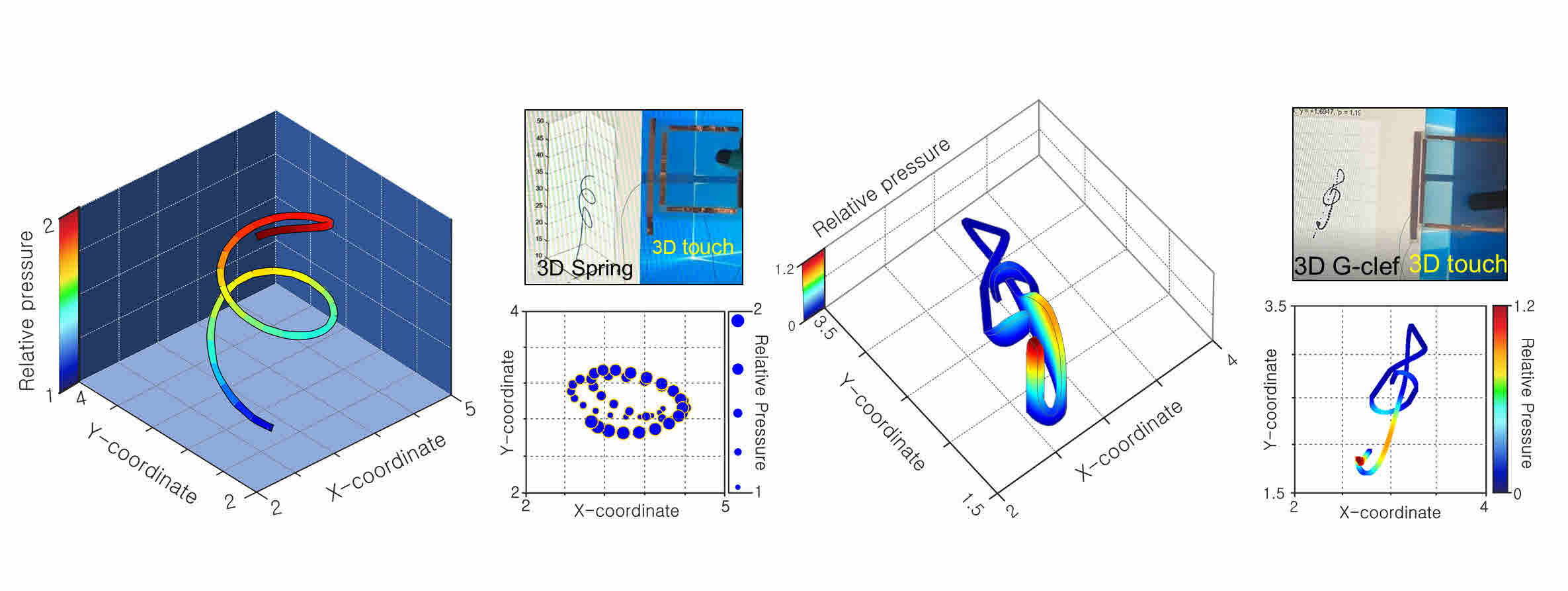
Figure 3. 3D touch can illustrate the 3D features
For more detailed information on how to implement transparent and flexible 3D touch (measurement method, process method, etc.), please read full article here:https://www.nature.com/articles/s41467-019-10736-6
Follow the Topic
-
Nature Communications

An open access, multidisciplinary journal dedicated to publishing high-quality research in all areas of the biological, health, physical, chemical and Earth sciences.
Related Collections
With Collections, you can get published faster and increase your visibility.
Women's Health
Publishing Model: Hybrid
Deadline: Ongoing
Advances in neurodegenerative diseases
Publishing Model: Hybrid
Deadline: Dec 24, 2025
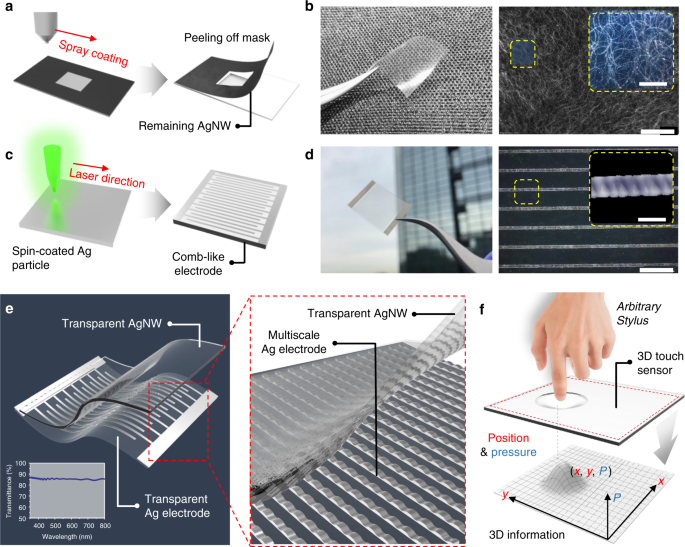

Please sign in or register for FREE
If you are a registered user on Research Communities by Springer Nature, please sign in
What an Impressive Article! Fascinating!